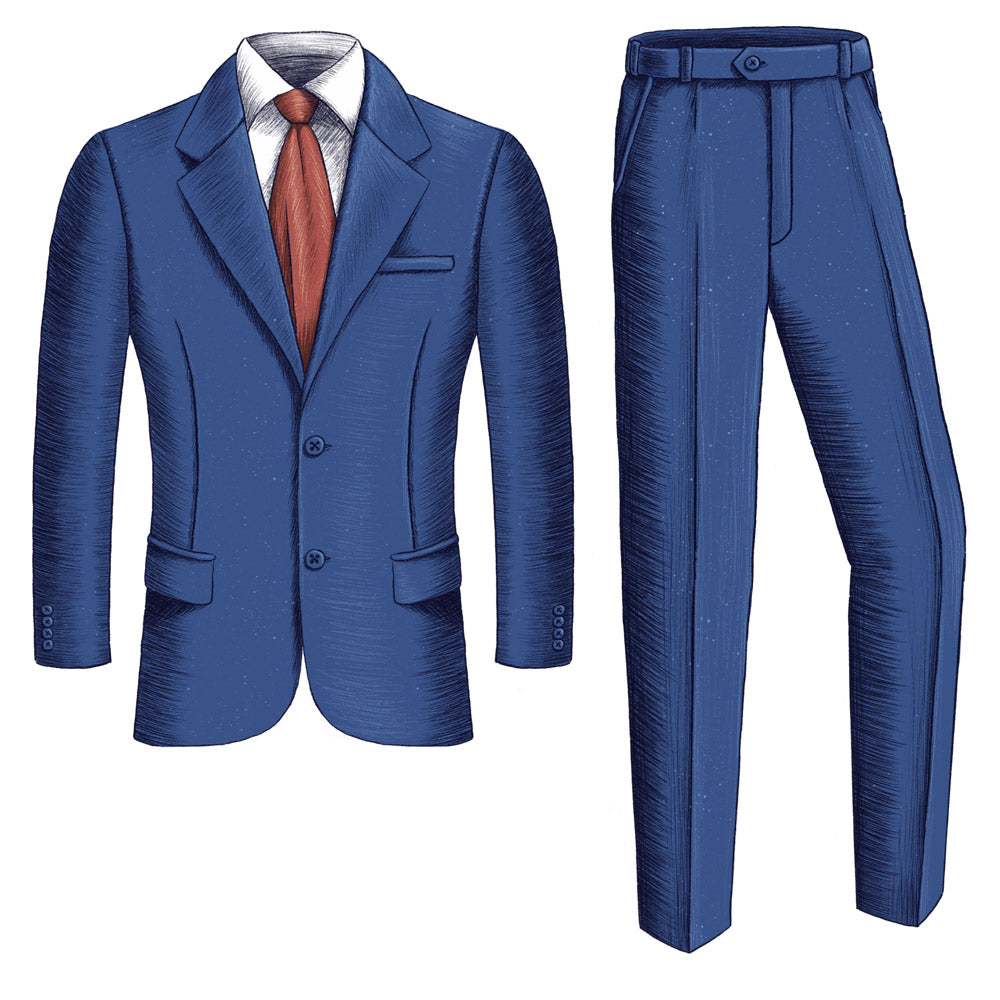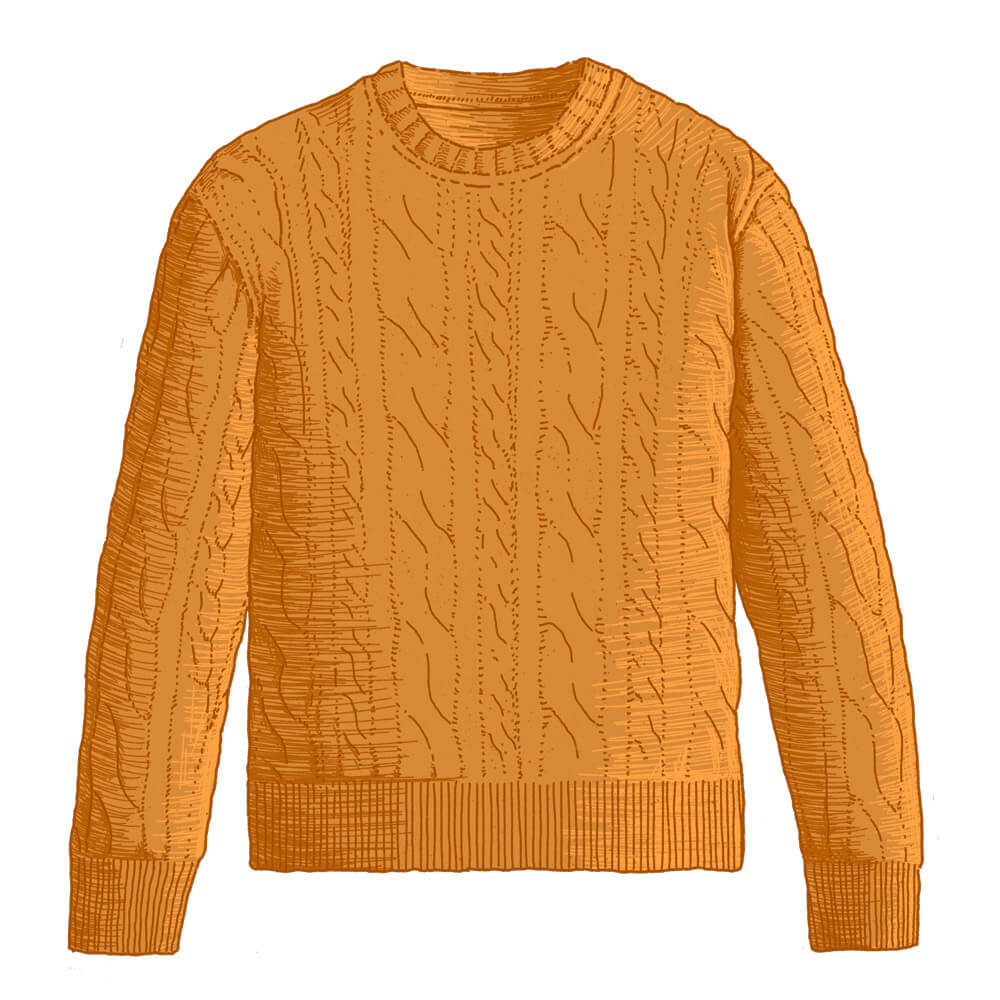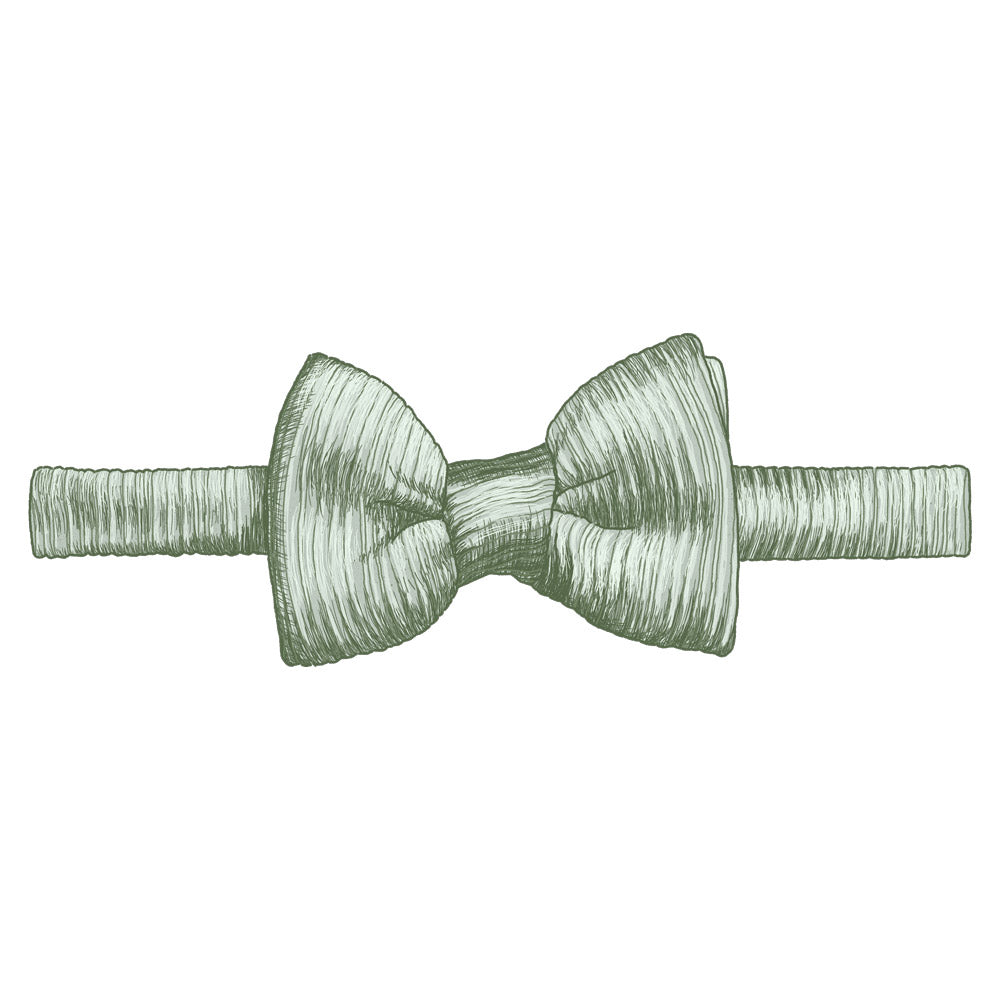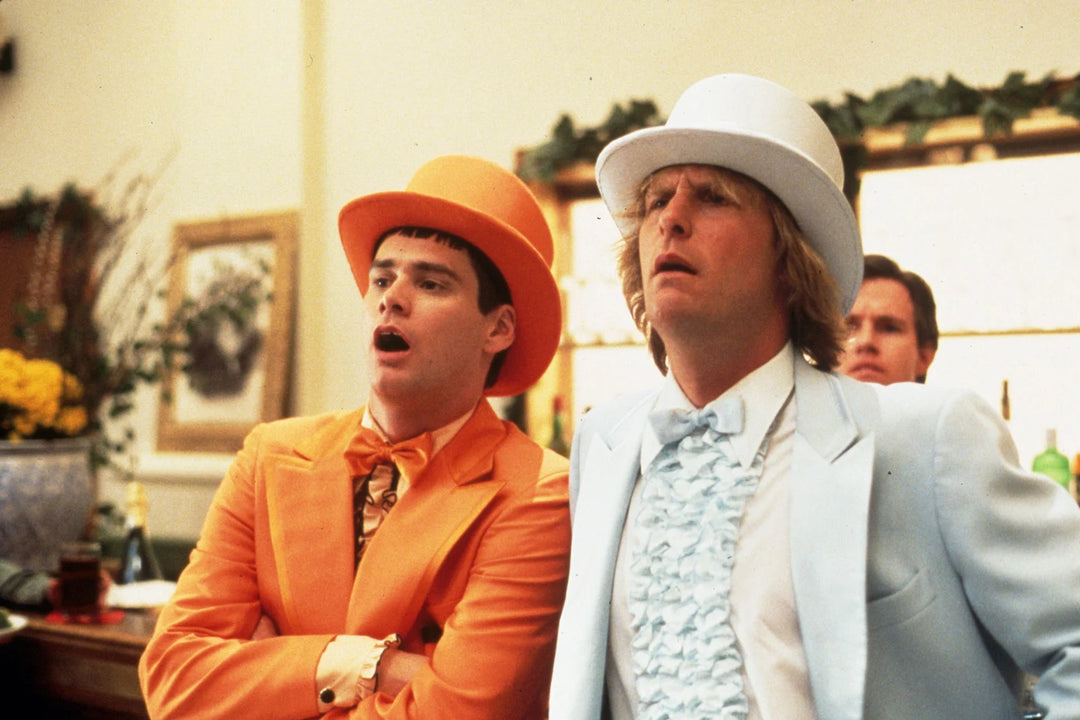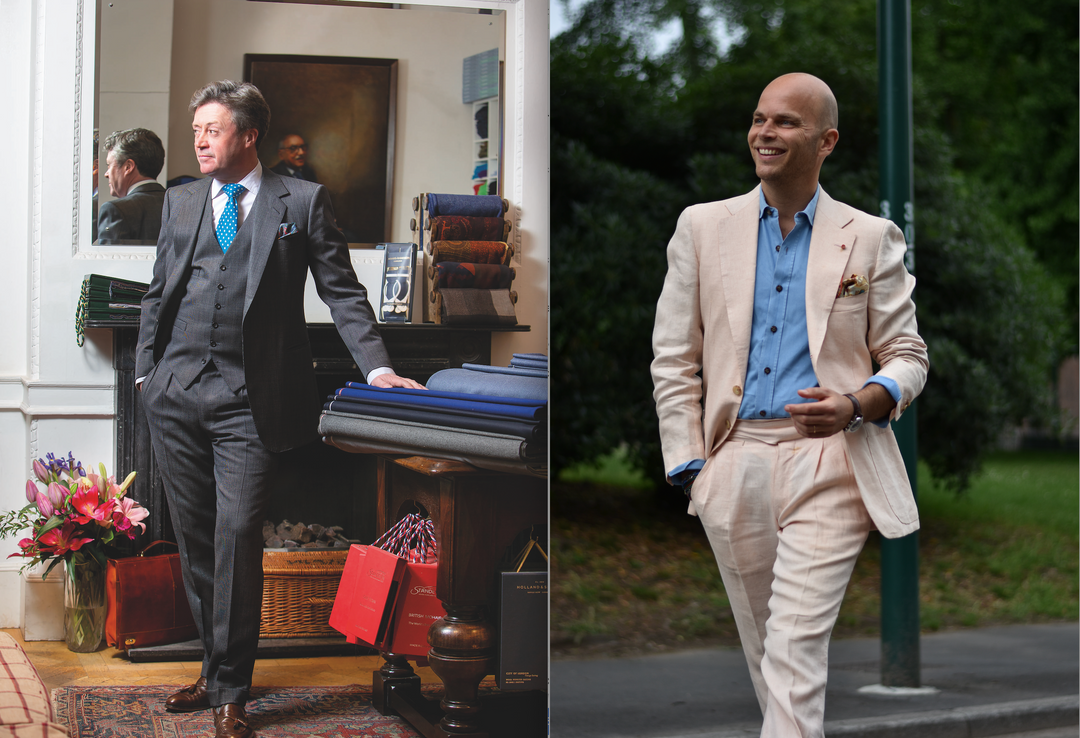You may have seen flannel associated with lumberjacks or the characteristic plaid pattern used by outdoorsmen. Perhaps you've even asked yourself if flannel is really necessary to own for the modern city dweller.
So, before I get into what flannel is and why it has its place in your wardrobe, I need to get one huge misconception out of the way: Plaid is NOT synonymous with flannel, and it would be a mistake to see it that way. Sometimes you’ll spot the two together, but not always. Plaid is simply a checkered pattern used on many different styles of fabric, and flannel is a fabric type with unique heat retention, antimicrobial, and water-resistant properties. We’re here to talk about flannel.
Flannel is a soft, heat-insulating type of fabric, traditionally made from 100% wool, but can be made today using a combination of cotton, wool, and synthetic fibers, though you should opt for all wool when you have that option. The fabric is perfect for wet, cold, and windy weather, and is exceptionally comfortable. It’s practical, and can be worn in the form of a shirt, pants, jacket, suit, and even pajamas. It’s a fabric that you should certainly consider adding to your collection!
-----
A Brief History of Flannel
Flannel has a long and storied history that can be traced all the way back to 17th century Wales. Due to the large sheep population in the area, textile manufacturers began making flannel for its durability, warmth, affordability, and comfort in an environment that was cold and unforgiving.
From Wales, flannel traveled over to France and England where it was swiftly embraced by the working class because of its durable versatility. It began to really take off during the Industrial Revolution, eventually making its way into the standard attire of military men and laborers in the United States, thanks in part to Hamilton Carhartt of the Carhartt Company.
As flannel became widely available among working class men in the West, both women and men gradually started adopting it as casual wear. After ’90s grunge music took off in the U.S., flannel permanently secured its place as a casual fashion choice in our culture.
Flannel has historically been associated with outdoor laborers like coal miners and railroad workers, but what about the traditional, white collar worker? In the 1950s, gray flannel took on an air of sophistication, and represented the high class (think Mad Men). Businessmen wore it to the office and to meetings, and movie stars like Sean Connery and Gregory Peck made flannel look sexy. Flannel became a symbol of the hardworking American spirit, of ruggedness, and of stark individualism. There was nothing flannel couldn’t do; it was truly a fabric for everyone!
How Is Flannel Made?
There are two processes for making flannel. The first, known as combing, separates out and straightens the long hairs from the short hairs, allowing for a tight and smooth feel. The finished product is called worsted wool. The second method, referred to as carding, keeps both the long and short hairs interlaced while disentangling them, resulting in a thicker and softer fabric. Picture a fluffy web, and you’ll have a good idea of what’s known as woolen yarn. Carded flannel retains its signature fuzz, but combed flannel can also achieve this via a process called napping, which manually pulls the hairs up with a metal brush for that special touch.
Why Wear Flannel?
As stated previously, flannel has a number of wonderful properties. First of all, it’s incredibly soft to the touch. If comfort is important to you, choose this fabric for your daily commute. Second, it keeps you insulated from the cold. Be sure to wear some comfortable flannel attire in the fall and winter. Third, it’s durable and has a natural stretch. Flannel is naturally wrinkle-resistant, so if you’re out and about, it will likely maintain its shape. It also hides any dirt you may have picked up due to its tough weave, and it doesn’t absorb sweat like cotton does, keeping away odor caused by bacteria. Finally, if you spill water on your quality flannel suit, you’ll see beads form immediately, rather than a water stain. These properties together give flannel a leg up over most other fabrics.
DRAGO® Rugby Flannel Super 130's

Anatoly & Sons has recently acquired an Italian-made, Super 130’s Rugby flannel collection of fabrics from our partners at DRAGO®. This company is one of the best in the business, producing quality fabrics from their factories in Lessona and Verrone, Italy.
This flannel is made for performance in mind. It has a mechanical stretch that will be there for you through long business meetings and networking events. It is stain-resistant and water repellant, mitigating the risk of an unfortunate and clumsy accident at your next dinner party.
The fabric is made from a Super 130 merino wool, which gives it a lightweight form and smooth surface. It is a strong material that looks stunning in the wide range of colors and designs that are offered in this collection. Our wool is melange printed, rather than dyed, giving it a quality color depth you won’t find in a cheap flannel.
For more information, please contact us to book an appointment. We will be happy to fit you with the perfect flannel suit for your body type. Come in and we will have you fitted for a made-to-measure or bespoke suit.
